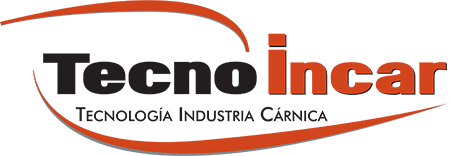Sking Packaging has emerged as an innovative and efficient solution in the meat industry, revolutionizing the way meat products are packaged, preserved, and marketed. This type of packaging, also known as skin packaging or vacuum skin packaging, has gained popularity due to its multiple advantages in terms of freshness, presentation, and efficiency. In this article, we will explore in depth what Sking Packaging is, its specific benefits for the meat industry, and the emerging trends that are shaping the future of this packaging method.
What is Sking Packaging?
Sking Packaging is a process where a product is placed on a tray and covered with a plastic film that adheres to the product’s surface through heat and vacuum. This method creates a tight-fitting skin around the product, providing an airtight seal. In the meat industry, this technique is used to package a variety of products, from meat cuts and sausages to prepared and ready-to-cook items.
We specialize in the manufacturing of industrial machinery for the meat sector. For one of our top clients, we design, manufacture, and install machinery for packaging, preserving, and presenting meat products in Sking format.
Benefits of Skin Packaging in the Meat Industry
- Extended Product Shelf Life
One of the main benefits of skin packaging is its ability to extend the shelf life of meat products. The airtight seal minimizes air contact with the product, reducing bacterial growth and oxidation, helping to maintain the freshness and quality of the meat over a prolonged period.
- Improved Product Presentation
Sking Packaging provides a visually appealing presentation by fitting tightly around the product. This not only enhances the product’s appearance but also allows consumers to see the item clearly without opening the package, which can positively influence the purchasing decision.
- Reduction in Waste
By providing a more precise seal, skin packaging helps minimize product waste. The tight film prevents moisture migration and air contact, reducing the risk of spoilage and product loss. This results in more efficient inventory management and a reduction in costs associated with food waste.
Better Handling and Storage Control
Skin packaging facilitates the handling and storage of meat products. The thin, tight film reduces the package volume, allowing for more efficient use of space on shelves and in freezers. Additionally, the firm packaging helps protect the product during transport, reducing the risk of physical damage.
Emerging Trends in Skin Packaging
Sustainability and Eco-Friendly Materials
With growing environmental concerns, companies are seeking more sustainable packaging options. In response, skin packaging films made from recyclable or biodegradable materials are being developed. These innovations aim to reduce the carbon footprint of meat products and meet the expectations of environmentally-conscious consumers.
Advanced Packaging Technology
Technology in skin packaging continues to evolve. New packaging equipment offers greater precision in sealing and the ability to adjust process parameters to accommodate different types of meat products. Additionally, the integration of sensors and monitoring systems allows for more rigorous control of product quality and freshness during packaging.
Customization and Innovative Design
Packaging design is becoming increasingly important in a competitive market. Brands are investing in customization to differentiate their products and attract consumers. Skin packaging offers greater flexibility in design, making it easier to create attractive and functional packaging that reflects the brand’s identity.
Follow us on our YouTube channel.

